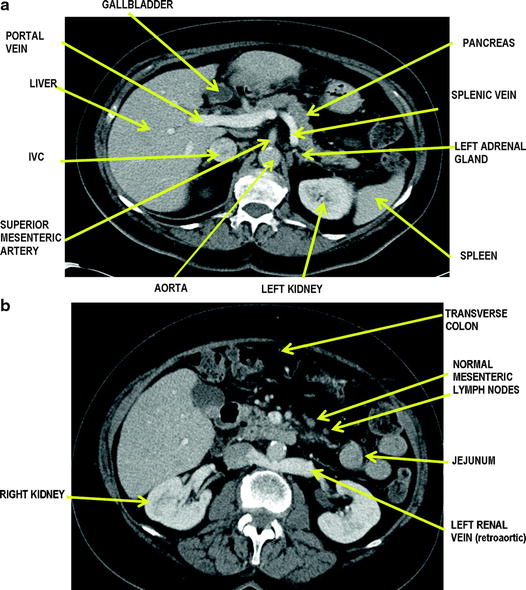

There are two different main situations where RPLND is considered. Seminomas are also much more sensitive to radiation than NSGCT’s, so the noninvasive radiation treatment can be delivered effectively.

Also, NSGCT is considered more aggressive than seminomas, the “other” kind of testicular cancer. The procedure is one of the standard treatment options for clinical stage I and II non-seminomatous germ cell tumors (NSGCT) because of the low mortality and relapse rate with this procedure. Examining the removed lymphatic tissue will determine the extent of spread of any malignant disease and if no malignant tissue is found, the cancer may be more accurately considered as a stage I cancer, limited to the testis. Testicular cancer spreads in a well-known pattern, and the lymph nodes in the retroperitoneum are a primary landing site during spread of the disease. While laparoscopic methods may be used, they have been performed mainly in centers of excellence with wide experience in laparoscopic approaches, have not been proven to be equal in outcomes to standard ‘open’ surgery, and have even been considered less effective by some surgeons. It is usually performed using an incision that extends from just below the breastbone (sternum) to just below the navel. Retroperitoneal lymph node dissection, commonly referred to as RPLND, is a procedure to remove abdominal lymph nodes to treat testicular cancer, as well as help establish its exact stage. Retroperitoneal Lymph Node Dissection Overview


 0 kommentar(er)
0 kommentar(er)
